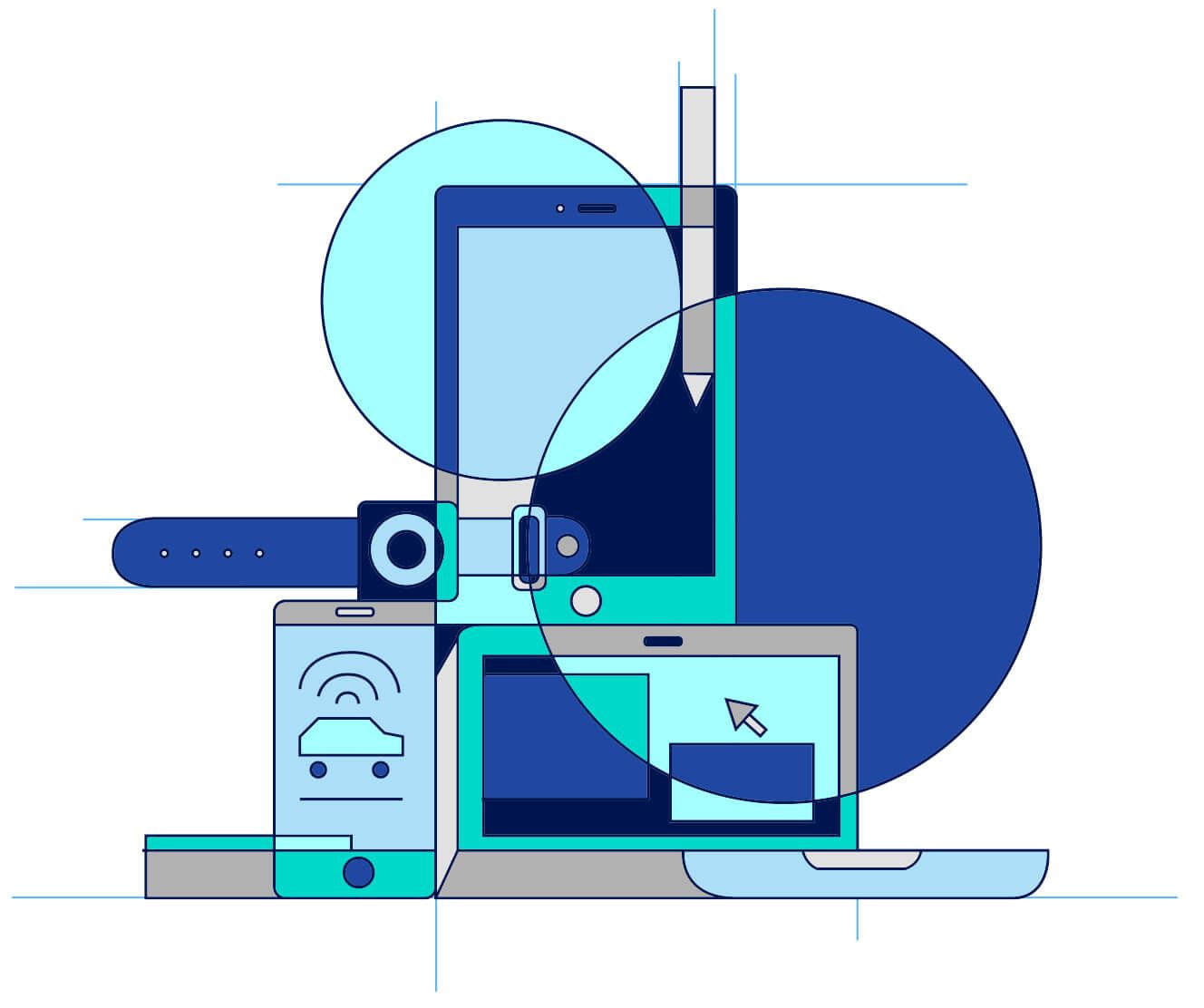Haptic Devices

Haptic devices
Haptic devices are mechatronic designs, which deliver to the users force feedback, while interacting with a Virtual Environment (VE) or a Remote Real Environment (RRE). The underlying idea being that the haptic information received should be indistinguishable from a real interaction.
What is haptics and examples?
A handshake or a pat on the back is an example of haptics. Haptics is the use of touch feedback when you interact with your device. Haptics might include taps, vibrations, and even a sensation of pressing and releasing.
What are the types of haptics?
Haptic systems provide two types of haptic feedback: kinesthetic feedback, simulating the weight or pressure of an object, or tactile feedback, which simulates texture.
What is a haptic device and how do they work?
Haptic technology creates the sense of touch by applying forces, vibrations and motions to the user. This sense of touch also categorized as passive and active touch to communicate. There are many haptic devices in the market used for commercial application and research.
Why is haptics used?
Haptics has trained you to understand what each vibration means, even without looking at your phone. The haptic devices use vibration, motors, or similar physical experiences to stimulate the sensory touch and deliver a tactile or haptic experience.
What are the 5 things we can sense through haptics?
The complex interplay of sensations such as hot, cold, hard, soft, pain, itching, and so on is central to understanding and interacting with the world.
What are good haptics?
The psychology of haptic feedback on smartphones Good haptics are able to emulate the tactile sensation of button presses through that glass in a way that helps users feel more confident and satisfied with key inputs — each bump you feel when typing on your keyboard tells you that your inputs are being received.
What are the benefits of haptic technology?
Haptics are used to give a real feel and sense of reality while using smartphones, game consoles, and car navigation systems. In fact, whenever you communicate with a piece of technology that provides some sort of simulated physical feedback (as opposed to a physical switch or button), you use haptic technology.
Who can use haptic communication?
Haptic communication is a branch of nonverbal communication that refers to the ways in which people and animals communicate and interact via the sense of touch. Touch is the most sophisticated and intimate of the five senses.
Where are haptics used?
These technologies can be used to create virtual objects in a computer simulation, to control virtual objects, and to enhance remote control of machines and devices (telerobotics). Haptic devices may incorporate tactile sensors that measure forces exerted by the user on the interface.
What's sound haptics?
Audio Haptics is a rendering technique for auditory and haptic sensations. Sound and force are generated by using a physical model of virtual objects. We developed a software for real-time calculation of a physical model of virtual objects.
Which sensor is used in haptic technology?
There are three main types of haptic sensor – eccentric rotating mass vibration (ERMV) motors, linear resonant actuators (LRAs) and piezo haptics sensors.
Is haptic the same as vibrate?
Haptics are any type of technology that gives you a tactile response — for example, when your phone vibrates. If you use an iPhone, you may be familiar with Haptic Touch, a feature which vibrates your phone when you long-press the screen.
Is haptics a vibration?
Haptic/Tactile feedback (or haptics) is the use of advanced vibration patterns and waveforms to convey information to a user or operator. The word 'haptics' is derived from the Greek phrase 'I touch'. Many products are designed to communicate with their users.
What is haptic in smartphones?
Haptics refers to the sensation delivered to users through a touch UI.
Why is it called haptics?
The haptics term comes from the greek “haptikos” meaning “concerning the sense of touch”. In the tech world haptics identifies all the technologies that provide the sensation of digital touch feedback, also called haptic feedback.
Do haptics use battery?
Yes it definitely does, though not in a very significant way. After all, battery power is required in order to run the motor that triggers haptic feedback.
Which phone has best haptic?
Google's Pixel phones have by far the best haptics on Android, but even those devices are far behind Apple.
What is haptics in simple words?
At its most basic, “haptic” means anything relating to the sense of touch. (It's derived from the Greek word for touch.) The definition of “haptics” in science and technology though, is more precise. It relates to the use of tactile sensations in interfaces.
Is haptic technology the future?
Haptic technologies are expanding into the automotive industry, into wearables and into smart homes, which are all haptic-relevant markets expected to see strong growth in 2022.








Post a Comment for "Haptic Devices"